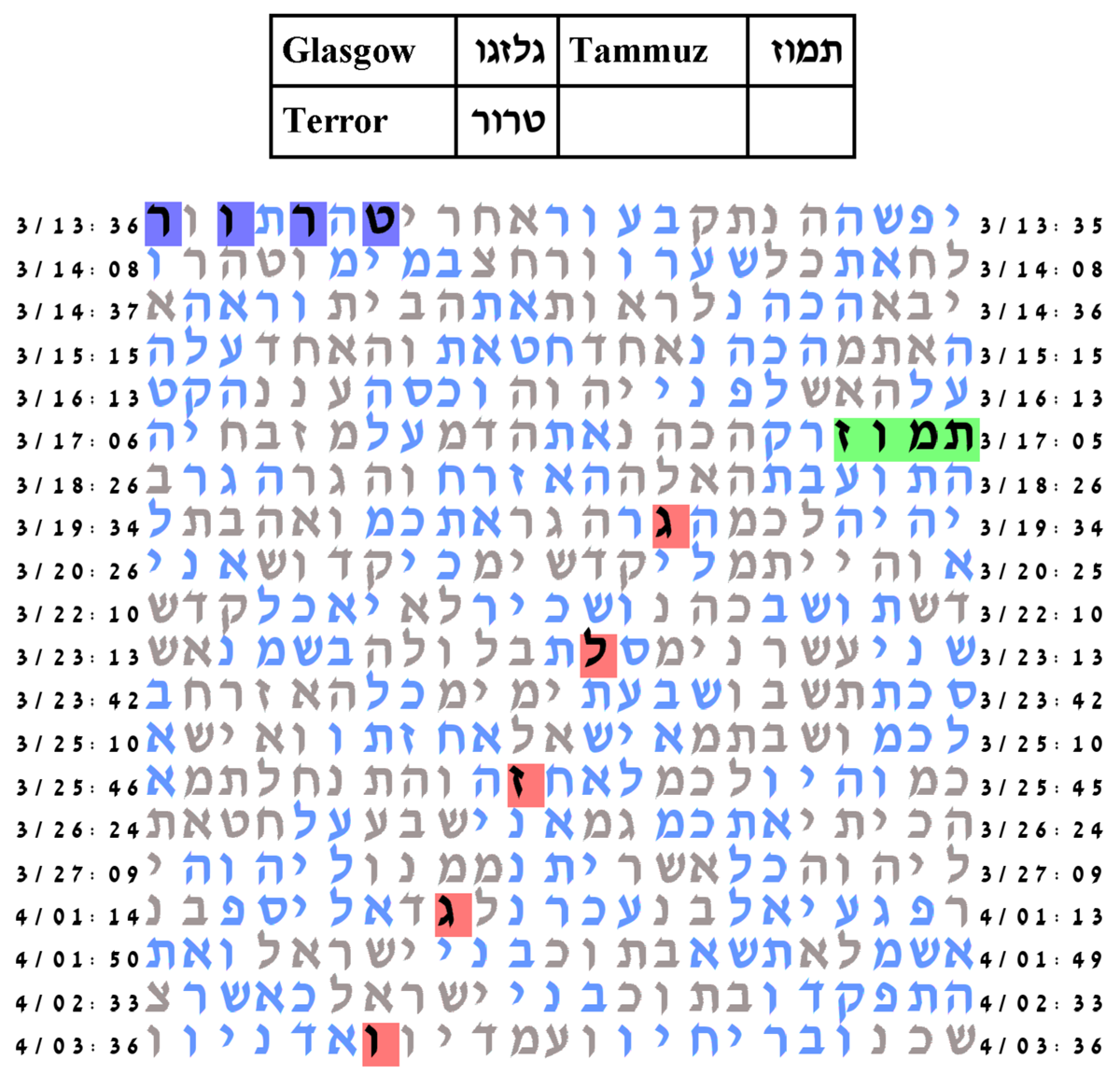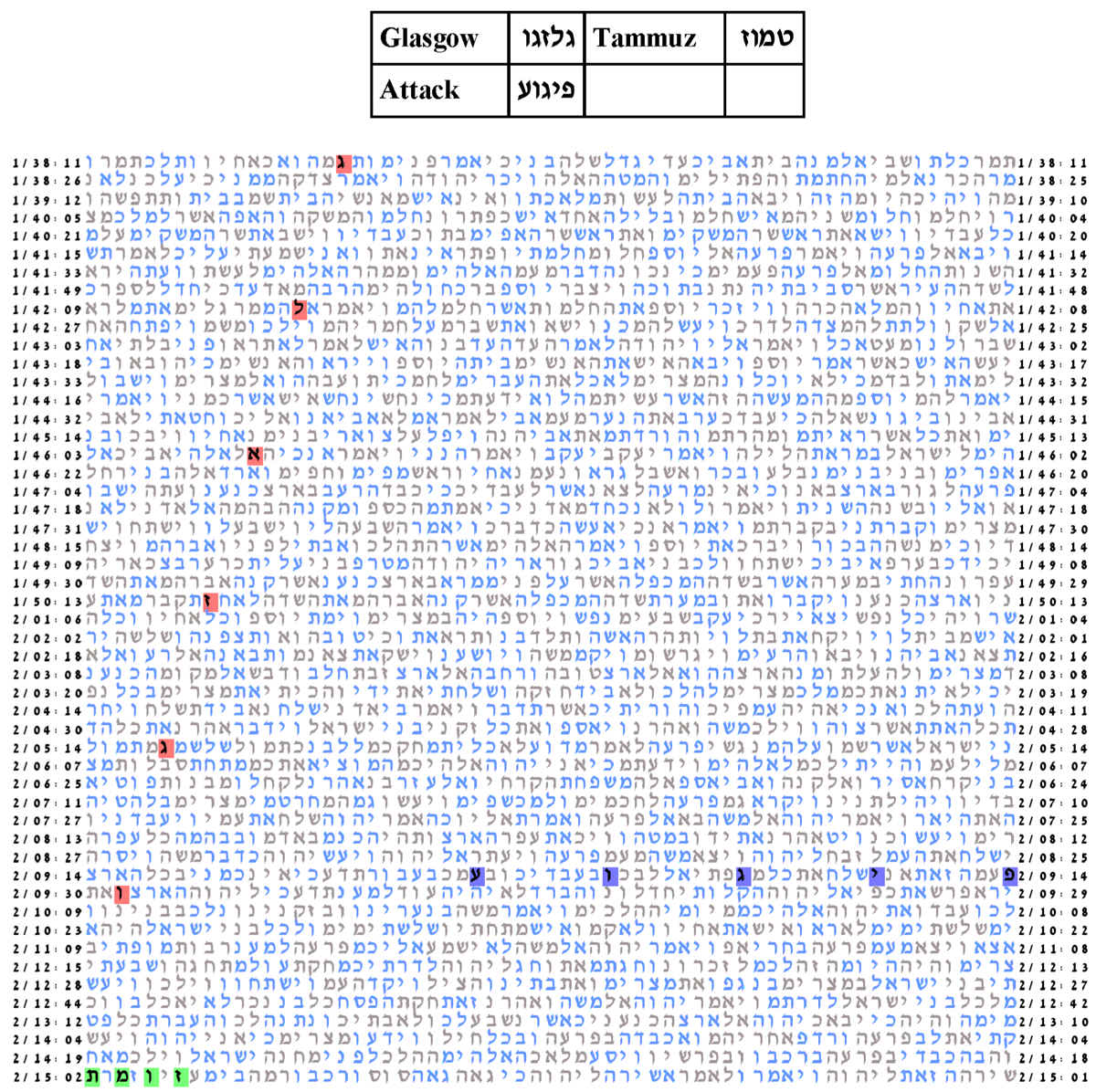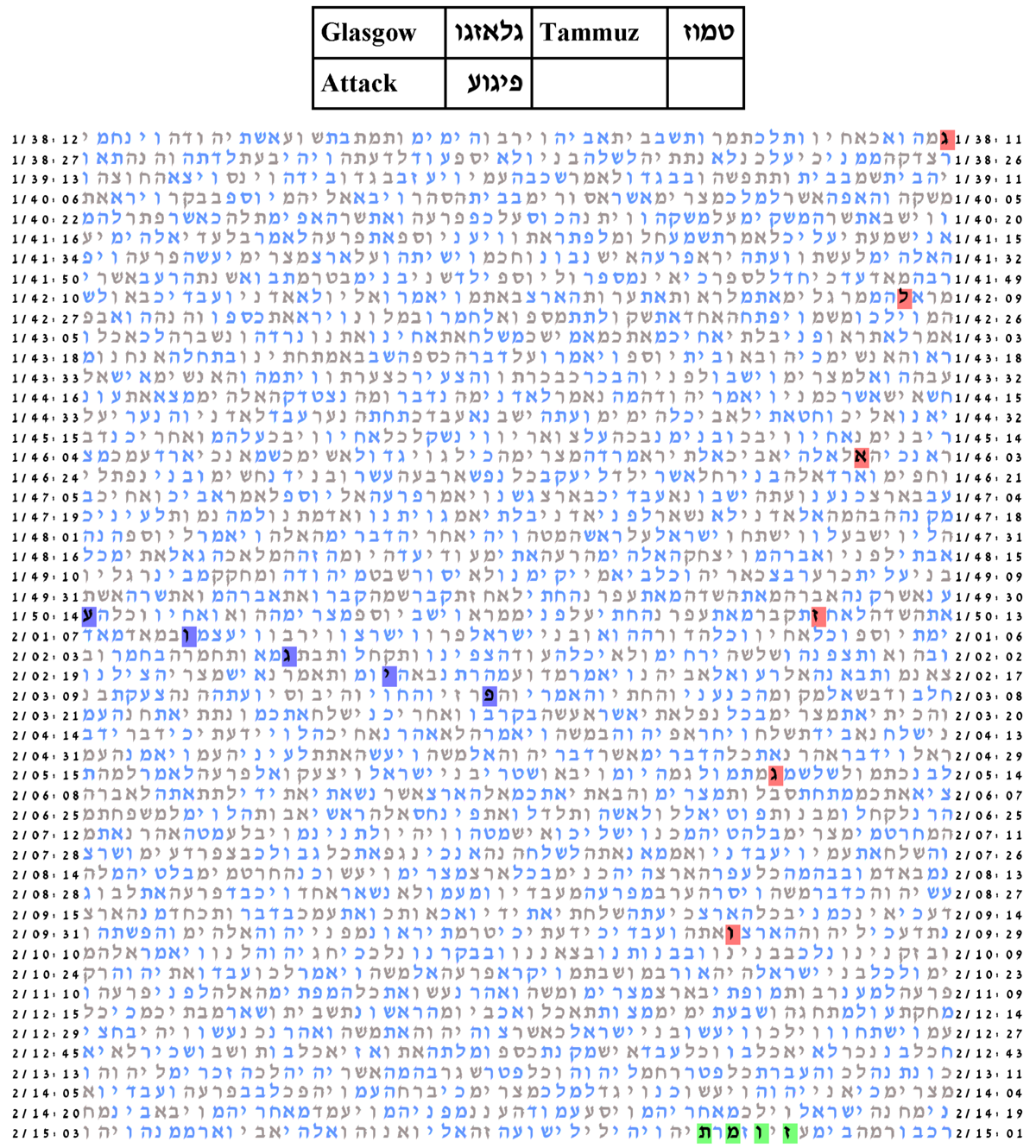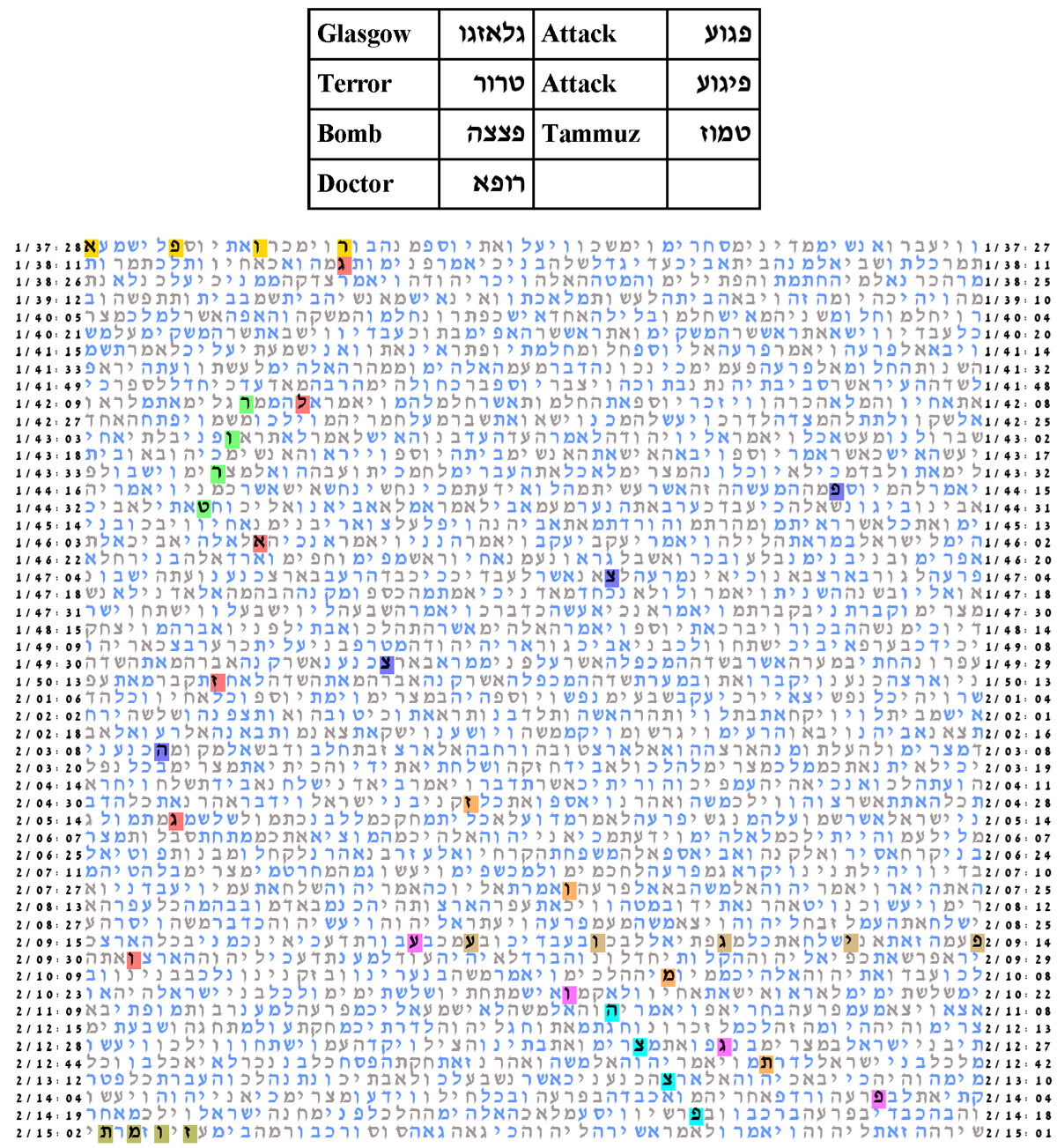| Home» London Terror: Glasgow Terminal Car Bombing |
Glasgow Terminal Car Bombing

On Saturday, June 28, 2007, at 3:15PM, a blazing on-fire Jeep Cherokee sports utility vehicle driving at full speed slammed into the main entrance of Glasgow airport's main terminal building. The car shattered the glass doors and was stopped within meters of where holidaymakers were lined up at check-in counters.
The driver of the jeep was Kafeel Ahmed, 27, an Indian engineer who is suspected of being the bomb maker. After the jeep failed to get fully into the main terminal, he doused himself with gasoline and put himself on fire and while his clothes were burning tried to ignite a greater fire or explosion. The police sprayed him with fire extinguisher. With his clothes burned off Ahmed fought with the police. They subdued and arrested him.
Ahmed had been living in Houston in Renfrewshire with his passenger Dr. Bilal Abdullah,
27, a physican, who was born in Aylesbury but brought up in Iraq and worked at the
Royal Alexandra Hospital in Paisley. This hospital serves the greater Glasgow community.
Abdullah was also arrested. 
We chose for our key words Glasgow, Doctor or Doctors, Terror or The Terror, Attack, Al Qaeda or The Qaeda, and the month of Tammuz, which is the Hebrew month in which the June 28, 2007 attack occurred. The selection of these key words is a priori . We explore, not quite systematically, groups of three key words at a time, with one of the key words required to be Glasgow. We show the significant tables.
The first table we explore is with the key words Glasgow, Doctor, and Attack. With the expected number of ELSs set to 30, the probability that a text from the ELS random placement text population would have as compact an area table as that produced by the Torah text is 47.5/1000.

The second table we explore is also with the key words Glasgow, Doctor, and Attack. However, here Glasgow is spelled גלזגו, with the א omitted. With the expected number of ELSs set to 30, the probability that a text from the ELS random placement text population would have as compact an area table as that produced by the Torah text is 78.5/1000.

The third table we explore is with the key words Glasgow, Terror, and Tammuz. With the expected number of ELSs set to 10, the probability that a text from the ELS random placement text population would have as compact an area table as that produced by the Torah text is 60.5/1000.

The fourth table we explore is with the key words Glasgow, Attack, and Tammuz. With the expected number of ELSs set to 20, the probability that a text from the ELS random placement text population would have as compact an area table as that produced by the Torah text is 208/1000, certainly not statistically significant. But we show this because we did the experiment and as well the following tables are closely related to this table.

The fifth table we explore is with the key word Glasgow, Attack, and Tammuz. With the expected number of ELSs set to 30, the probability that a text from the ELS random placement text population would have as compact an area table as the one produced by the Torah text is 206.5/1,000. The location of this table is the same location as the previous table.

The sixth table we explore is with the key word Glasgow, Attack, and Doctor. With the expected number of ELSs set to 30, the probability that a text from the ELS random placement text population would have as compact an area table as the one produced by the Torah text is 199/1,000. The location of this table is the same location as the previous two tables.

The previous three tables were all located in the same place. So we put together one table that has all the key words of the previous three tables. We find in the combined table some additional ELSs of key words Terror and Bomb.


 Documentaries and Tutorials
Documentaries and Tutorials